Dhaka, Dec 21 (V7N) –The Commission of Inquiry on Enforced Disappearances has found evidence of India's involvement in enforced disappearances in Bangladesh.
"Indian involvement in Bangladesh's system of enforced disappearances is a matter of public record," the commission said in its report.
The report highlighted intelligence information regarding the practice of captive exchanges between the two countries and the potential subsequent fate of the detainees.
The five-member commission, led by retired justice Mainul Islam Chowdhury, recently presented the report, titled "Unfolding the Truth," to Chief Adviser Professor Muhammad Yunus at the state guest house Jamuna.
The commission revealed that there is ongoing speculation in law enforcement circles that some prisoners may still be held in Indian jails. "We recommend that the Ministries of Foreign Affairs and Home Affairs make their best efforts to identify any Bangladeshi citizens who may still be incarcerated in India. It is beyond the jurisdiction of the commission to pursue this investigation outside Bangladesh," the report said.
Two highly publicized cases provide valuable insights into how such operations were carried out: the case of Shukhranjan Bali, who was abducted from the premises of the Bangladesh Supreme Court and later resurfaced in an Indian jail, and that of BNP leader Salahuddin Ahmed, as detailed in the report.
In addition to these incidents, Hummam Quader Chowdhury recounted hearing Hindi-speaking individuals outside his cell inquiring about the details of his captivity, such as: "When was he picked up? Has he given any information? What interrogation has been conducted so far?" and so on.
The case of BNP leader Salahuddin Ahmed exemplifies certain practices within the Bangladesh-India rendition system, the commission said.
Detained while in hiding at Uttara in 2015, he described being imprisoned in a barren cell, where a hole in the ground served as a toilet, according to the report.
The blanket provided to him bore the letters "TFI," which indicated "Task Force for Interrogation."
The report added that during that period, the only operational TFI center known to the commission was managed by the RAB Intelligence Wing under the auspices of the RAB Headquarters, though it was located within a walled compound at RAB 1 Battalion Headquarters in Uttara, Dhaka.
The commission has since visited this location and confirmed that the RAB Intelligence Wing still controls access to it, including holding the keys.
However, the interior of the facility had been thoroughly destroyed some time ago. "Witness testimony allowed us to identify several areas of the premises, including its infamous torture chambers and cell locations," the report said.
Interviews with soldiers who had visited the TFI center in the early to mid-2010s revealed that the facility once had an additional floor with cells that are no longer accessible, the commission added.
"While we await further corroboration, we preliminarily suspect that Salahuddin Ahmed was held in one of these now-destroyed cells. Ahmed describes being transported to the India-Bangladesh border, where he was handed over to Indian officials," the report said.
The formal nature of the handover, combined with the presence of suspected Bangladeshi security personnel wearing "jom tupi" (a type of disguise that covers the entire head) well inside Indian territory to avoid recognition, underscores the high level of coordination between the two governments and their respective security forces, it continued.
Interviews with soldiers assigned to the RAB Intelligence Wing provided further information about the practice of captive exchanges between the two countries and the possible subsequent fate of the detainees.
One soldier recounted being present on two occasions around 2011 when RAB Intelligence received three captives from India at the Tamabil border crossing, in the presence of uniformed Indian Border Security Force personnel.
"On one occasion, two captives were received and later killed by the side of the road after the exchange. On another occasion, one captive was received and handed over alive to another team inside Bangladesh," the report said.
In return, RAB Intelligence handed over two captives from Bangladesh to India.
Although the soldier could not provide the names of the captives, the level of coordination between the security services highlights the systemic and transnational nature of enforced disappearances, the commission concluded.
"Nevertheless, a more detailed analysis will be required to fully understand the extent of the involvement of Indian authorities and its implications for both countries," the report added.
END/MSS/AJ




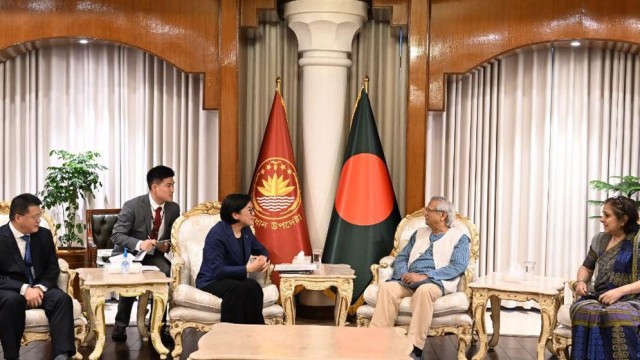
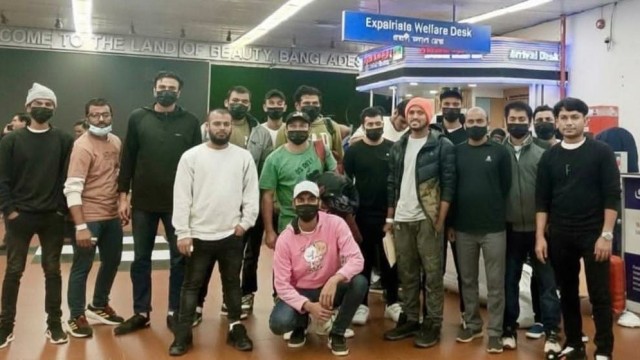
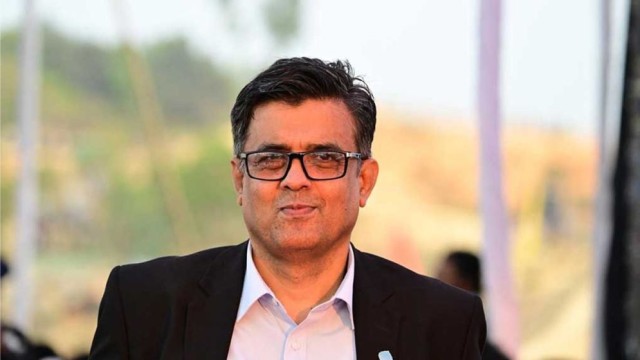
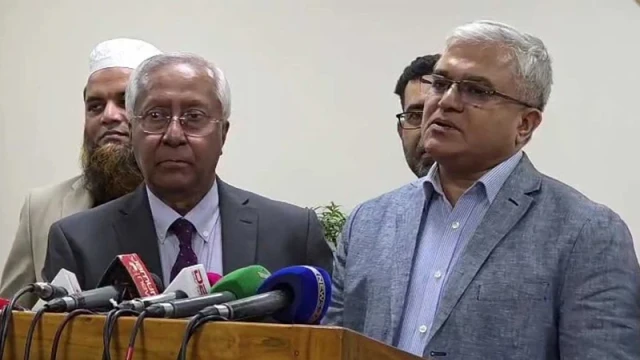

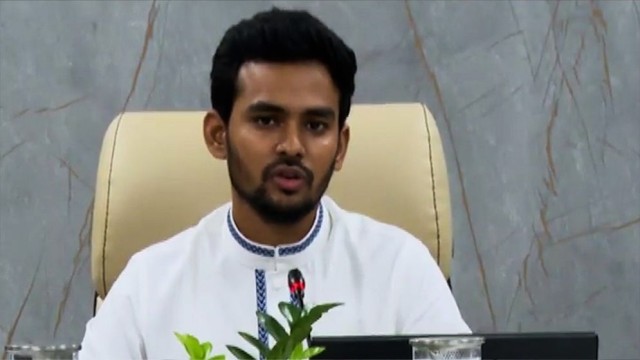

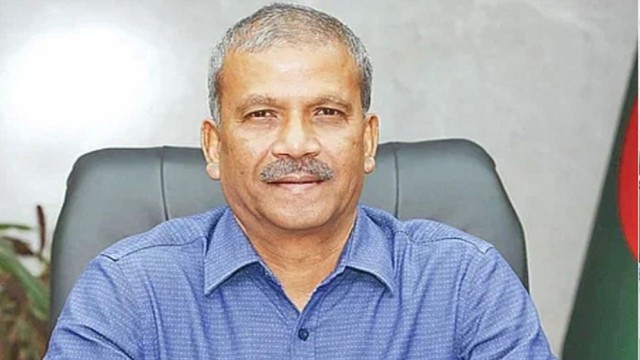
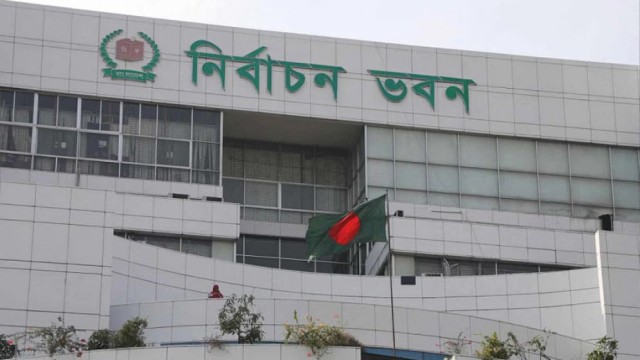
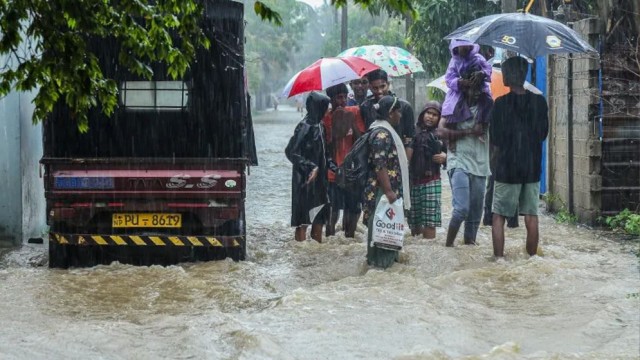
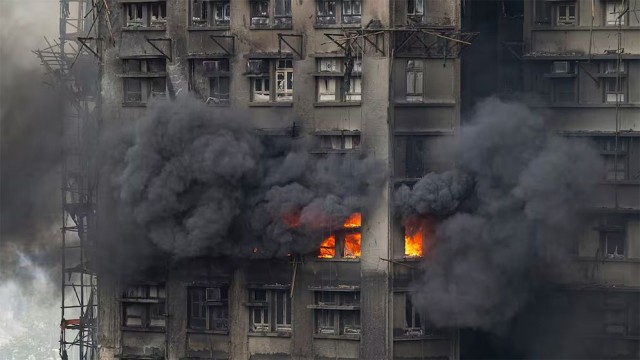

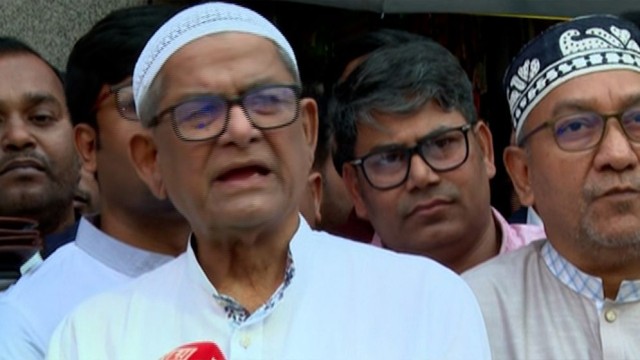
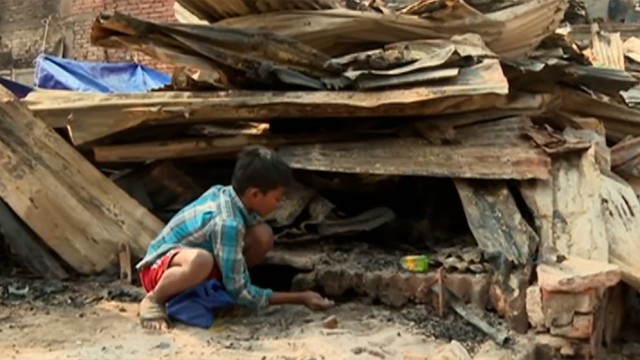

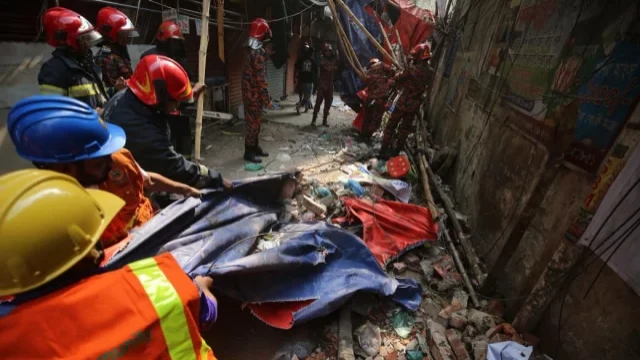


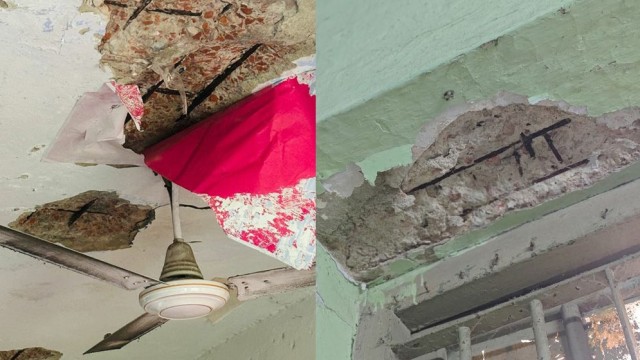





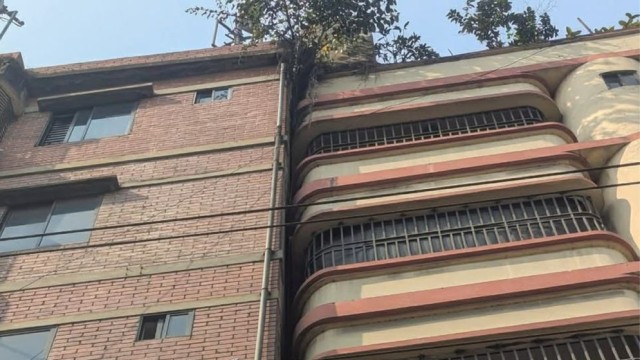
Comment: